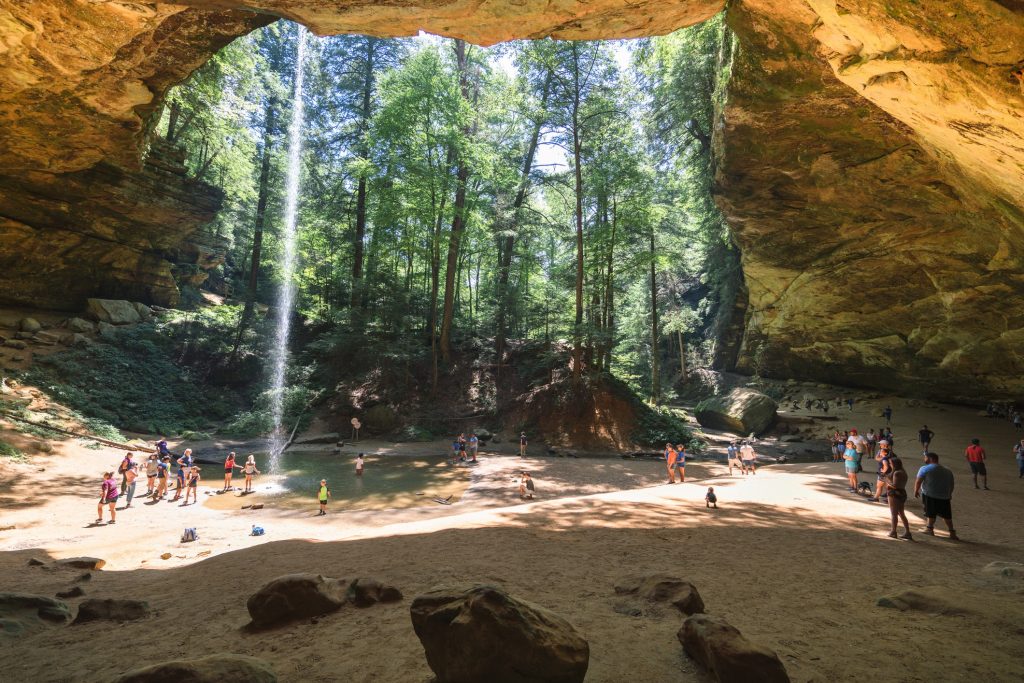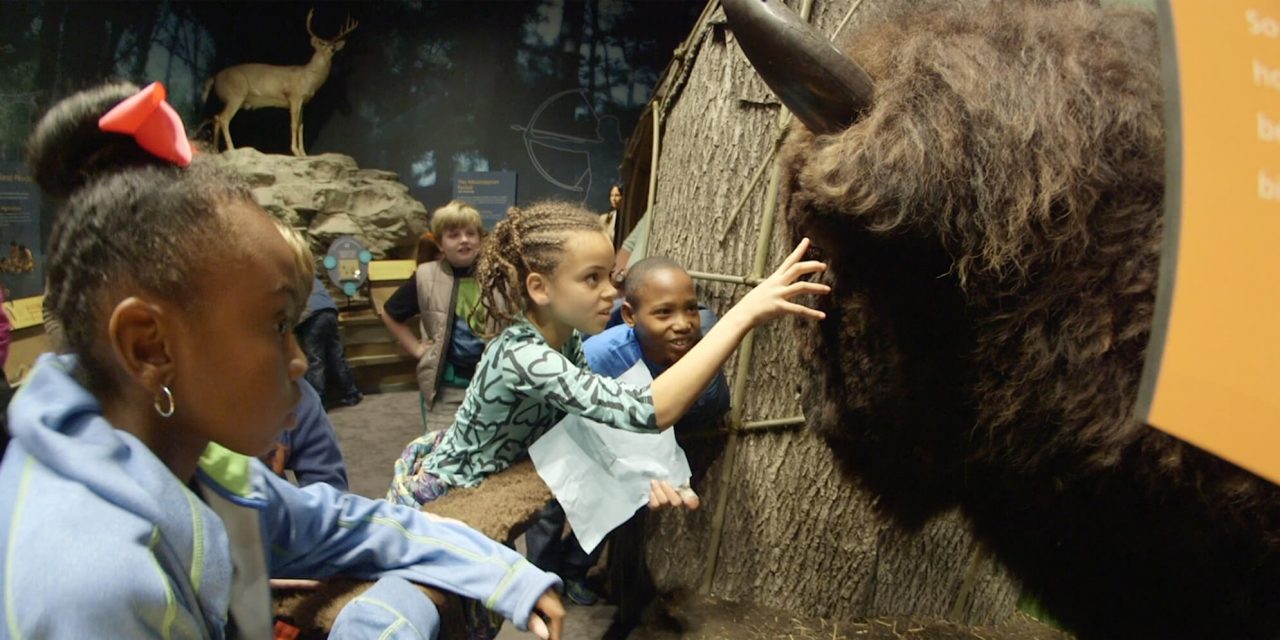These 5 Midwestern parks are a STEM student’s dream, from archeological sites to geological wonders
The Midwest region is teeming with spectacular state parks that can host student groups with a variety of history and nature programing. Check out these five excellent options below:
Spanning the Ohio River, The Falls of Ohio State Park in Clarksville, Indiana introduces students to the fields of earth science and social studies. The park offers hands-on learning activities through indoor and outdoor programs that let students explore fossil, mineral and archeology labs. Students can even hike along the park’s famous fossil beds to observe native plant and bird species and go to Clark Cabin for more activities like learning about the Lewis & Clark expedition.
Hocking Hills State Park in Hocking County, Ohio is perfect for students who are interested in the natural environment and native species. The state park offers daily naturalist programs lead by people in the field and include activities like guided hikes through Ash Cave or exploring the many owl species of the park. Along with caves and trails, the park has a natural waterfall—Cedar Falls—and cliffs that provide beautiful views of the surrounding forests. The park has cabins for rental and lodging opportunities for those looking to stay overnight.

Hocking Hills State Park
Starved Rock State Park in LaSalle County, Illinois is a beautifully preserved piece of land among the miles of flat farmland. The park offers 13 miles of hiking trails and 18 canyons for students to enjoy and explore. They will see naturally preserved waterfalls, amazing views and native wildlife. There are water cruises and guided hiking tours throughout the day.
Porcupine Mountains Wilderness State Park in Ontonagon, Michigan is the state’s largest park spanning across 60,000 acres of natural land. Students can immerse themselves in the lush forest, miles of hiking trails, waterfalls, dozens of rivers and streams to experience all kinds of natural wildlife. The Visitors Center has exhibits on the park’s native species and its early history with a 100 seat auditorium for presentations. There are many programs structured for student learning.
In Jefferson City, Missouri, your students have the opportunity to become a Missouri State Parks and Historic Sites Explorer. The program has three parts where students will learn about the natural environment and history of Missouri and then implement that knowledge throughout the program. Part one is an interpretive study where students can participate in activities like drawing a map or explaining a type of species native to the state. Part two is the interpretive program where students can experiences a guided tour or hike and park three is identification where students will use what they’ve learned to identify 10 things at a state park.






